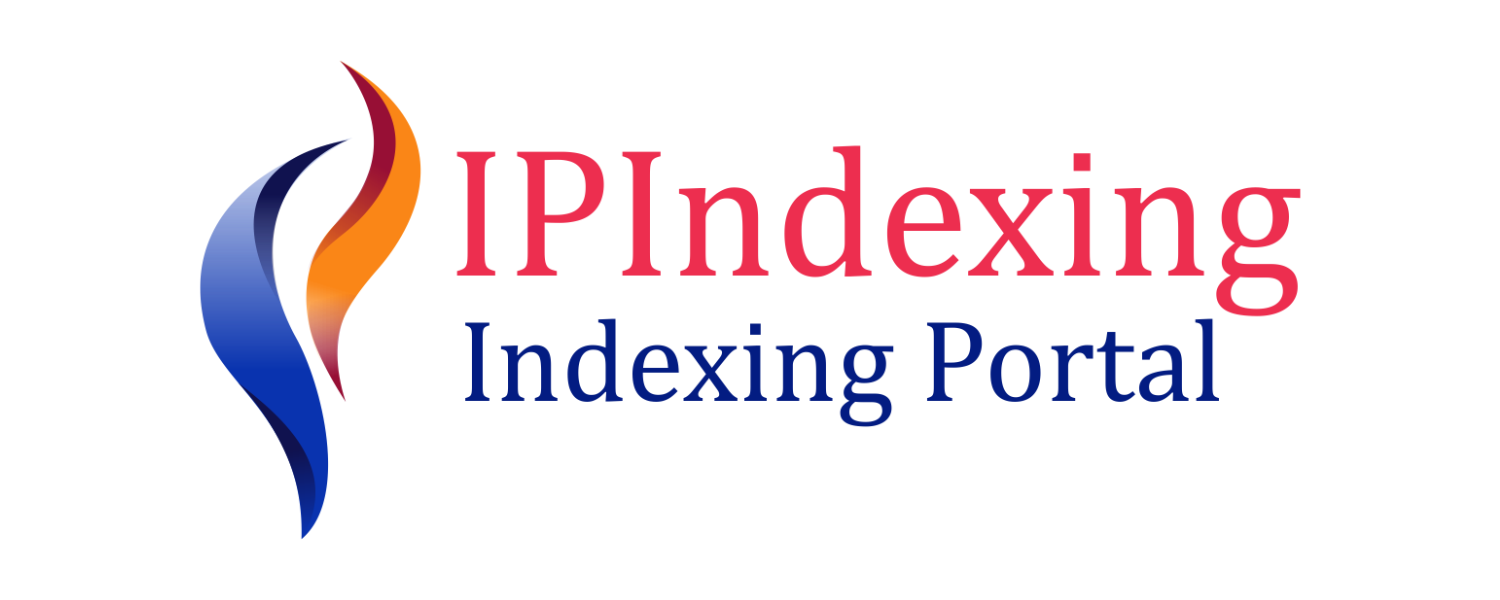IMPACT OF PROFITABILITY, MARKET, AND SOLVENCY RATIOS ON DIVIDEND POLICY: THE CASE OF COAL MINING COMPANIES ON THE IDX (2020–2024)
DOI:
https://doi.org/10.62207/tvf4e041Keywords:
Dividend Policy, Market Value, Profitability, Return on Assets, Coal Mining Companies.Abstract
The coal mining industry in Indonesia plays a vital role in meeting national energy needs and contributes significantly to the economy. However, this sector is highly vulnerable to global commodity price volatility. Dividend policy, which reflects profit distribution and signals a company’s financial health, is strongly influenced by internal financial conditions and market perceptions. This study is crucial for understanding the determinants of dividend policy amid market dynamics and challenging macroeconomic conditions during the 2020–2024 period, including the impact of the COVID-19 pandemic. This quantitative study aims to analyze the influence of profitability ratios, market value, and solvency on dividend policy in coal mining companies listed on the Indonesia Stock Exchange (IDX) during the specified period. The study uses a quantitative approach with descriptive and verification designs. Secondary data were obtained from officially published company financial statements. Data analysis was conducted using the Structural Equation Modeling Partial Least Squares (SEM-PLS) method to test causal relationships among variables, with evaluation of the measurement model and structural model. The findings show that profitability has a positive and significant influence on dividend policy, indicating that more profitable companies tend to implement more stable and higher dividend policies. In contrast, market value shows a negative and insignificant effect, while Return on Assets (ROA) shows a marginally significant negative effect. These results confirm that profitability is the main predictor of dividend policy in this model. Profitability is the dominant factor in determining dividend payment decisions, compared to external factors such as market valuation or other profitability measures. The practical implication is that financial managers should prioritize improving profitability to optimize dividend strategies, which in turn can enhance investor confidence and company sustainability.
References
Allen, F., & Michaely, R. (2003). Payout policy. In G. M. Constantinides, M. Harris, & R. M. Stulz (Eds.), Handbook of the Economics of Finance (Vol. 1, pp. 337–429). Elsevier.
Bhattacharya, S. (1979). Imperfect information, dividend policy, and “the bird in the hand” fallacy. Bell Journal of Economics, 10(1), 259-270.
Brealey, R.A., Myers, S.C., & Allen, F. (2011). Principles of Corporate Finance (10th ed.). McGraw-Hill/Irwin.
Brigham, E. F., & Ehrhardt, M. C. (2013). Financial Management: Theory & Practice (14th ed.). Cengage Learning.
Damodaran, A. (2012). Investment valuation: Tools and techniques for determining the value of any asset (3rd ed.). Wiley.
Easterbrook, F.H. (1984). Two agency-cost explanations of dividends. American Economic Review, 74(4), 650-659.
Fama, E.F., & French, K.R. (2001). Disappearing dividends: Changing firm characteristics or lower propensity to pay? Journal of Financial Economics, 60(1), 3-43.
Gordon, M. J. (1959). Dividends, earnings, and stock prices. The Review of Economics and Statistics, 41(2), 99-105.
Graham, J.R., & Harvey, C.R. (2001). The theory and practice of corporate finance: Evidence from the field. Journal of Financial Economics, 60(2-3), 187-243.
Harjoto, MA, & Jo, H. (2020). Corporate governance and corporate social responsibility: Empirical evidence from the mining sector. Journal of Business Ethics, 162(3), 589-619.
Helfert, E. A. (2001). Financial Analysis: Tools and Techniques. McGraw-Hill.
Jensen, M. C. (1986). Agency costs of free cash flow, corporate finance, and takeovers. American Economic Review, 76(2), 323-329.
Jensen, M. C., & Meckling, W. H. (1976). Theory of the firm: Managerial behavior, agency costs and ownership structure. Journal of Financial Economics, 3(4), 305-360.
Johnson, M., & Lee, S. (2020). Profitability and dividend policy: Insights from corporate financial performance. International Review of Finance, 39(3), 205-223. doi.org
Kurniawan, R. (2022). Financial performance analysis in the Indonesian coal mining sector during economic recovery. Indonesian Journal of Economics and Business, 36(1), 45-58.
Lintner, J. (1956). Distribution of incomes of corporations among dividends, retained earnings, and taxes. American Economic Review, 46(2), 97-113.
Miller, M. H., & Modigliani, F. (1961). Dividend policy, growth, and the valuation of shares. Journal of Business, 34(4), 411-433.
Modigliani, F., & Miller, M. H. (1963). Corporate income taxes and the cost of capital: A correction. American Economic Review, 53(3), 433-443.
Myers, S. C. (2001). Capital structure. Journal of Economic Perspectives, 15(2), 81-102.
Ross, S. A., Westerfield, R. W., & Jaffe, J. (2016). Corporate Finance (11th ed.). McGraw-Hill Education.
Smith, J., Brown, L., & Taylor, R. (2018). Market value and dividend policy: Evidence from manufacturing firms in emerging markets. Journal of Financial S tudies, 45(2), 123-142.
Walsh, G., & Ryan, C. (2013). Financial ratios and performance benchmarking. Accounting Review, 88(3), 857-885.
Downloads
Published
Issue
Section
License
Copyright (c) 2025 Marli Marli, Didik Priyo Sugiharto (Author)

This work is licensed under a Creative Commons Attribution-NonCommercial 4.0 International License.























